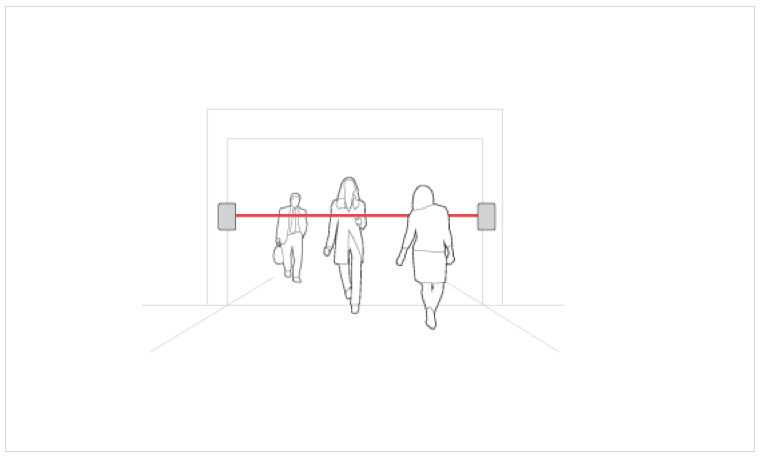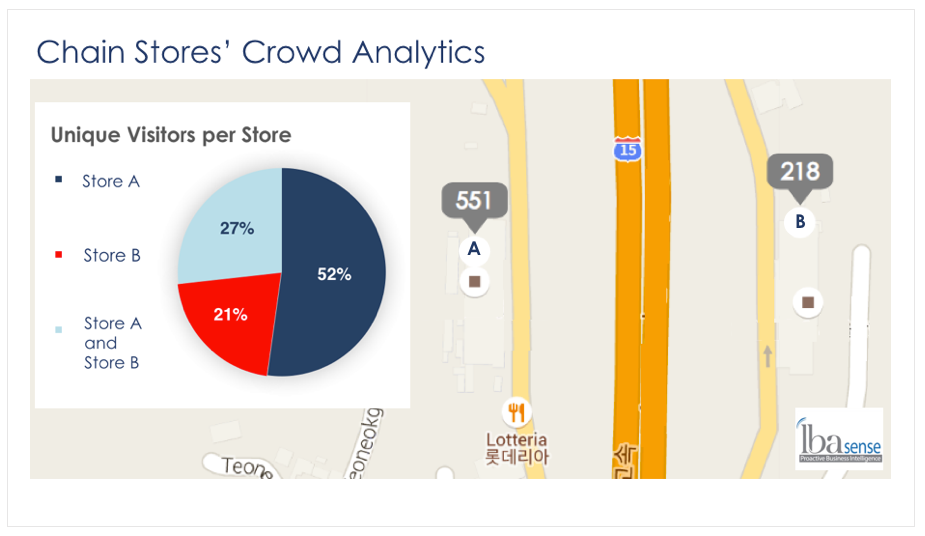This article is published in the White Paper category.
Shopping malls worldwide are using people counting systems to monitor the number of visitors on their premises. However, by doing more than just counting, crowd analytics can provide valuable insights into customers’ behaviour as well as useful hints on how to increase the number of persons visiting a site.
While crowd analytics can provide an in-depth understanding of the customers’ behaviour, it also requires investment from the shopping mall operator in sensor deployment and, more importantly, in analysing results provided by such a technology. In general, crowd analytics can be classified into three main phases or approaches.
/
Most shopping malls are operating a basic person counting system based on technologies such as infrared, video analytics or thermal analysis. Those types of systems are actually “door counters” which count the number of objects crossing a virtual line (typically the entrance of the shopping mall). Regardless of the accuracy of the specific system, these types of systems double count people that enter and exit multiple times the shopping mall. However, the information delivered by those systems enables an accurate understanding of trends related to footfall.

The second phase of crowd analytics is focused on understanding the customer’s behaviour. Data collected as part of this phase includes dwell time (the amount of time during which the customer stays at the shopping mall), heat maps (the locations where customers are spending their time) and revisit rates (how frequently the customer is used to visit the mall).
While the information collected in this phase has its own importance in learning the customers’ characteristics, the main use of the data collected is series analysis, meaning how attributes are changing over time, between days, and, in the case of marketing campaigns, what is the impact of the campaign on the customer’s behaviour.
/
The third phase of understanding customers’ behaviour uses technologies such as Big Data analysis and deep learning in order to analyse the activity patterns of individual potential customers inside a mall.
As part of this phase, a large number of sensors are deployed all over the mall. The data collected by the sensors is anonymized and stored.

In the case of Big Data and deep learning, data is analysed in two ways: first in order to investigate the correlation between different points of interest inside the mall (e.g.: how many people visiting the pharmacy will also visit the coffee shop?) and, then, dig up unknown patterns inside the mall using Artificial Intelligence tools.
Crowd analytics are a collection of tools that provide information on the characteristics and activity patterns of a crowd in a specific location. The most common attributes include dwell time analysis (how much time a visitor has spent on site), returning visitors patterns (an analysis of the customers revisit patterns), demographics (age and gender), among other features.
LBASense provides in-depth crowd analytics that can be used for crowd optimization. Contact us for a tailored scenario

Data team
Copyright © 2022 DFRC
43 Science Park Road #01-11 Rm 8, Singapore 117408